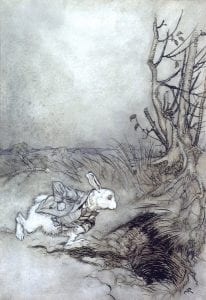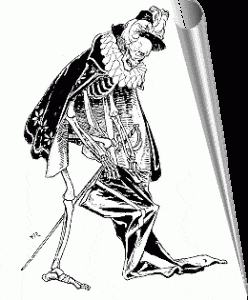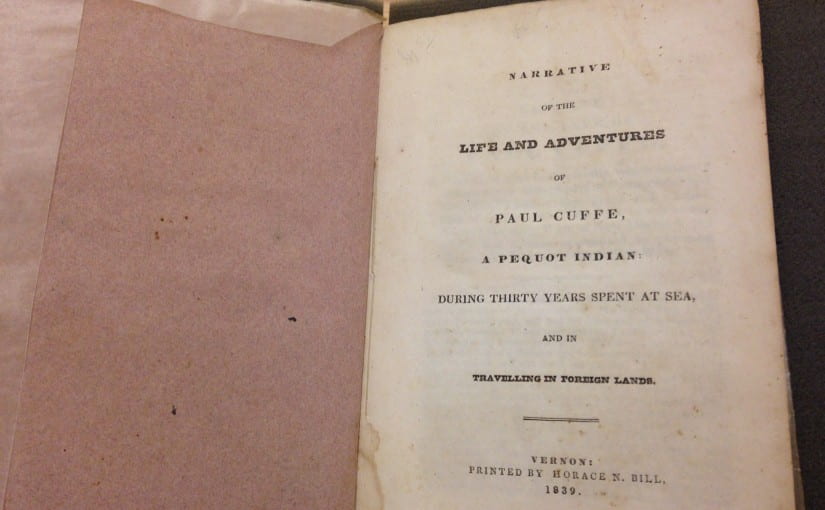There is something to be said for wandering.
I am prone to long walks in forests, eyes flitting from mossy rock to rotten stump to staid trees. I don’t set out searching for certain creatures, so every chipmunk, starling, frog is a wondrous treasure. At times I’ll be mesmerized by flashes of blue sky between branches or the mirror world just beneath a puddle, and I’ll stand, still and silent, for minutes entranced.
That’s how these first few weeks of research have felt. Sticking, at first, to clearly laid-out paths– the Amherst College Early History collection– then wandering, traipsing out to the Dramatics Collection, to carpenters’ ledgers, to faculty minutes, or else following a flickering idea, an elusive bird, from tree to tree.
And it’s been wonderful, this welcome perusal, this pleasant wandering. But after a while, one craves a purpose, a point, a destination. Eyes seek trail markers, hunger for guaranteed views at the end of a hike.
That’s how proposals feel. We know our way around the woods, trust our garnered skills, and are ready to march on with purpose. We’re sitting around a map that we’ve half filled in ourselves and plotting out a course for the weeks to follow. It’s fun. Like kids playing at being pirates, searching for that fabled X.
There were challenges as well, of course. Narrowing down our interests into something researchable, hopefully manageable, has the pain of all the paths not taken. Finding a guiding question for our inclinations is daunting too– moving from that pure joy of exploration to the sedate pleasure of purpose can feel like a loss, even though it isn’t.
I’m glad we had, as it were, practice proposals first. I’m ready for commitment, for rolling up my sleeves and digging deep into data, but I’d not want to rush in too quickly to anything less than the perfect match. Perhaps it’s too limiting to think of the right research path as a some sort of destined affair, but, well, I’m a romantic at heart.
I’ve been hanging out a lot with the course catalogs– we’re pretty close at this point– but I’m not sure if I’m ready for that next step. There’s a lot I like about them– the endless numbers lurking beneath the surface, those statistics waiting to be visualized, the subtler questions of formatting, that culture and mentality embedded in form, and the sheer continuity and scope of them– but I can’t help but wonder what other potential matches are out there.
I am reassured that the decision is not entirely my own– I know my team will help me narrow down my options into one topic that will play nicely with their own. I’m excited to walk alongside my fellow archival adventurers into new territory.
We have disparate interests, to be sure, but our passion for this project will help us bridge those differences. And it’s crucial that we all bring together those different perspectives into something holistic. There are, in all our interests, sites for synthesis. We may need to narrow down our topics into that one thread that weaves best into the tapestry, but it’s still our own colors dancing through the whole.

There’s a lot to be done, a focus to be found, paths to leave less traveled — that can feel like a lot and a loss, like laying down limits just as we’re getting busy. But there’s still plenty of time for wandering, adventuring, as long as it’s in the right direction — we’re not out of the woods yet.






